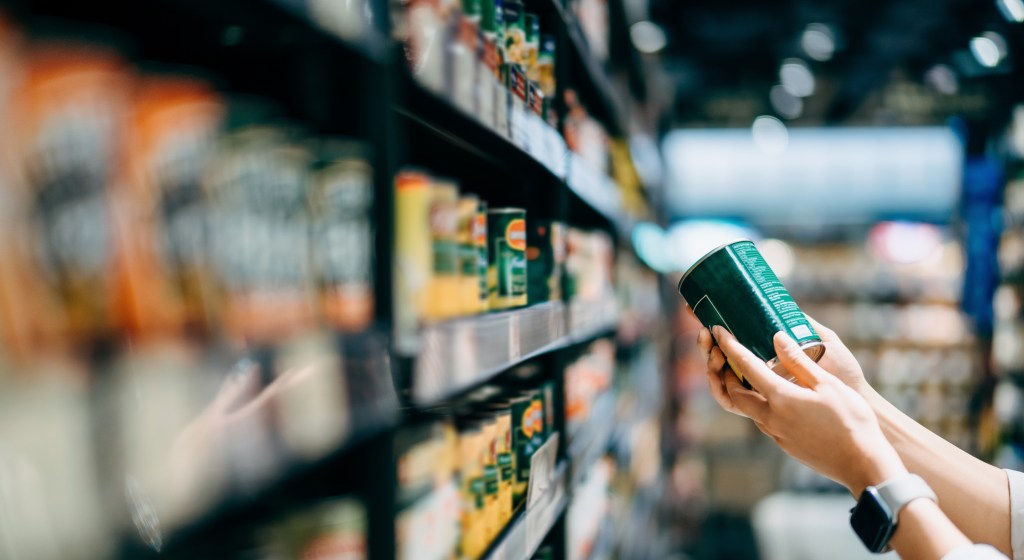The new way to shop
COVID-19 triggered a profound change in the way we shop for consumer goods, supercharging the existing shift to online sales. Now, two years on, omnichannel and digital shopping are the new normal and there’s another e-commerce revolution underway – social and direct-to-consumer (D2C) shopping.
Social media has long been viewed as an add-on for retail companies, a way of communicating their brand personality rather than being about sales. Not any longer…
Social media sites, such as TikTok, Instagram, Facebook, YouTube, and Snapchat, are rolling out tools that can help brands sell more items direct from their social media pages—with the ultimate goal of a seamless in-app and one-click purchase.
Meanwhile, D2C sites and its dominant direct-sales platform, Shopify, are disrupting traditional online retail models by allowing manufacturers to sell directly from their own web stores.
Now, a product can move straight from manufacturer to shopper’s basket—often via Shopify which allows brands to create their own direct online store and sell across multiple channels.
This report from NielsenIQ Brandbank looks at the impact of this social and D2C digital revolution on the e-commerce landscape when it comes to finding information about and buying products.
It then assesses how retailers and brands can keep up and stay ahead in this fast-paced, competitive FMCG digital environment. Basic back-of-pack product information will no longer suffice. This report considers how ensuring product pages are updated with enriched content will help brands keep pace with social and D2C shopping.
To stay ahead of the competition, or simply to ensure that they don’t fall far behind in a world where social media and D2C predominate, brands and retailers must elevate the shopping experience and go beyond providing basic product information.




